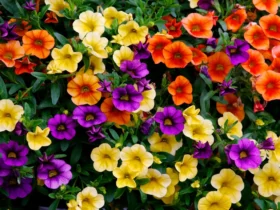In the world of floral arrangements and wedding bouquets, a dainty and ethereal flower stands out for its delicate charm—the Baby’s Breath (Gypsophila spp.). With its tiny, cloud-like blooms and delicate appearance, this beloved flower has become a popular choice for adding a touch of elegance and romance to floral designs. Join us as we explore the captivating world of Baby’s Breath, discovering its appearance, symbolism, uses, and cultural significance.
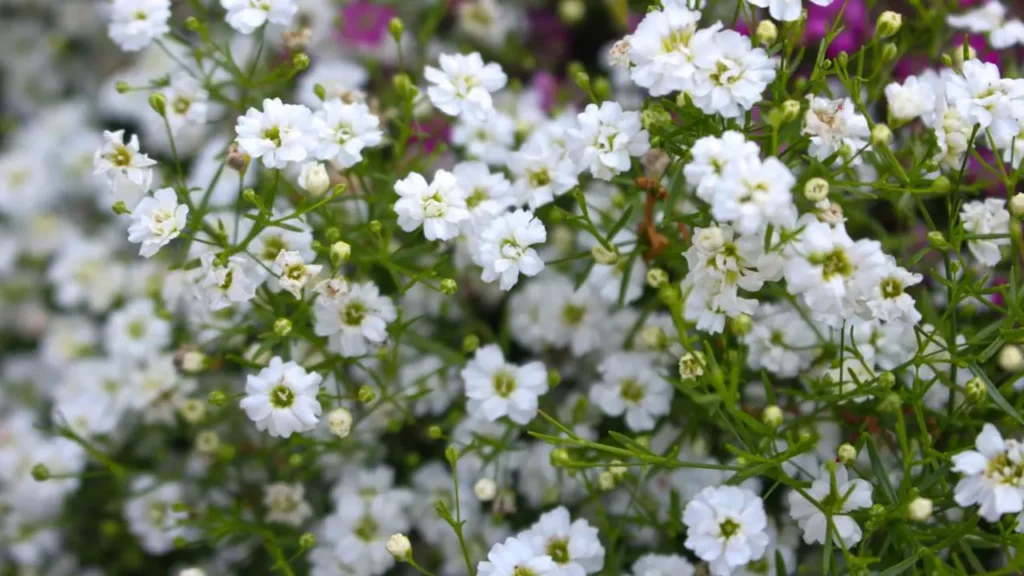
Appearance and Varieties:
Baby’s Breath is a flowering plant that belongs to the genus Gypsophila. It is characterized by its profusion of tiny, delicate flowers that form clusters atop long, slender stems. The blooms are typically white, but certain varieties may also display shades of pink or lavender. The small flowers, often measuring less than half an inch in diameter, create a soft and airy effect reminiscent of tiny clouds or baby’s breath, giving the flower its name.
There are several species and cultivars of Baby’s Breath, including Gypsophila paniculata and Gypsophila elegans. Each variety exhibits subtle differences in flower size, color, and overall plant form, allowing for a range of creative possibilities in floral arrangements.
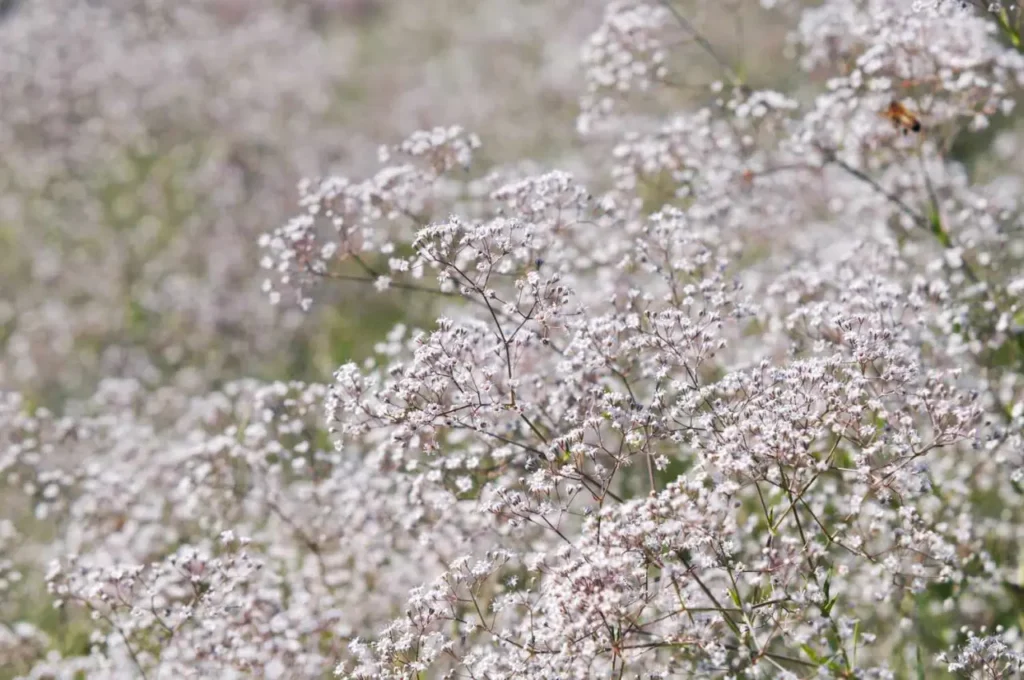
Symbolism and Significance
Baby’s Breath holds special symbolism and significance in the language of flowers. It is often associated with purity, innocence, and everlasting love. Its delicate appearance represents gentleness, tenderness, and the sweetness of young love. The flower is also believed to bring good luck and is used as a symbol of divine blessings in some cultures.
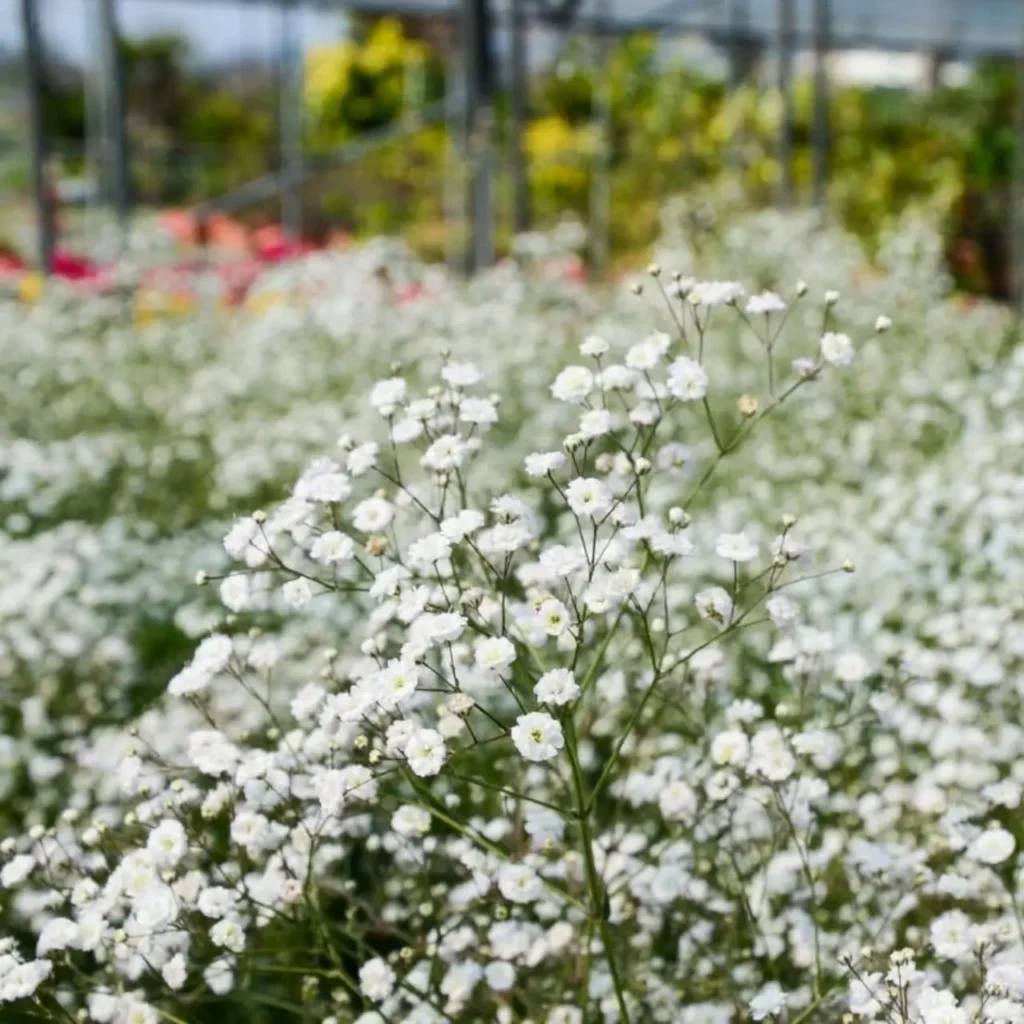
Uses and Floral Design
Baby’s Breath is highly valued for its versatile nature and complementary role in floral designs. It is often used as a filler flower to add volume, texture, and an airy quality to arrangements. Its delicate blooms serve as a perfect backdrop for larger, focal flowers, providing a soft and romantic aesthetic. Baby’s Breath is commonly used in wedding bouquets, corsages, boutonnieres, and centerpieces, imparting a sense of grace and elegance to the occasion.
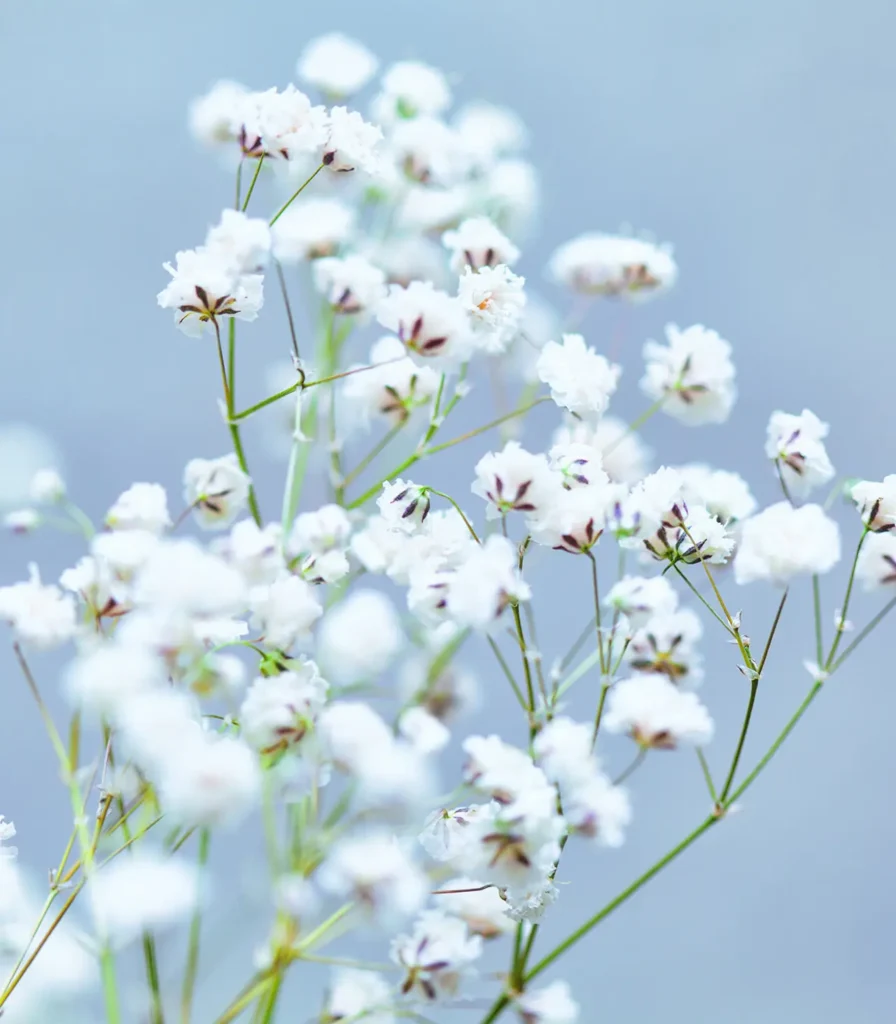
Cultural Significance
Baby’s Breath holds cultural significance in various parts of the world. In some cultures, it is associated with new beginnings, making it a popular choice for baby showers, christenings, and other joyous celebrations. The flower’s delicate nature and its representation of purity have also made it a favored choice for wedding decorations, symbolizing the innocence and everlasting love shared by the couple.
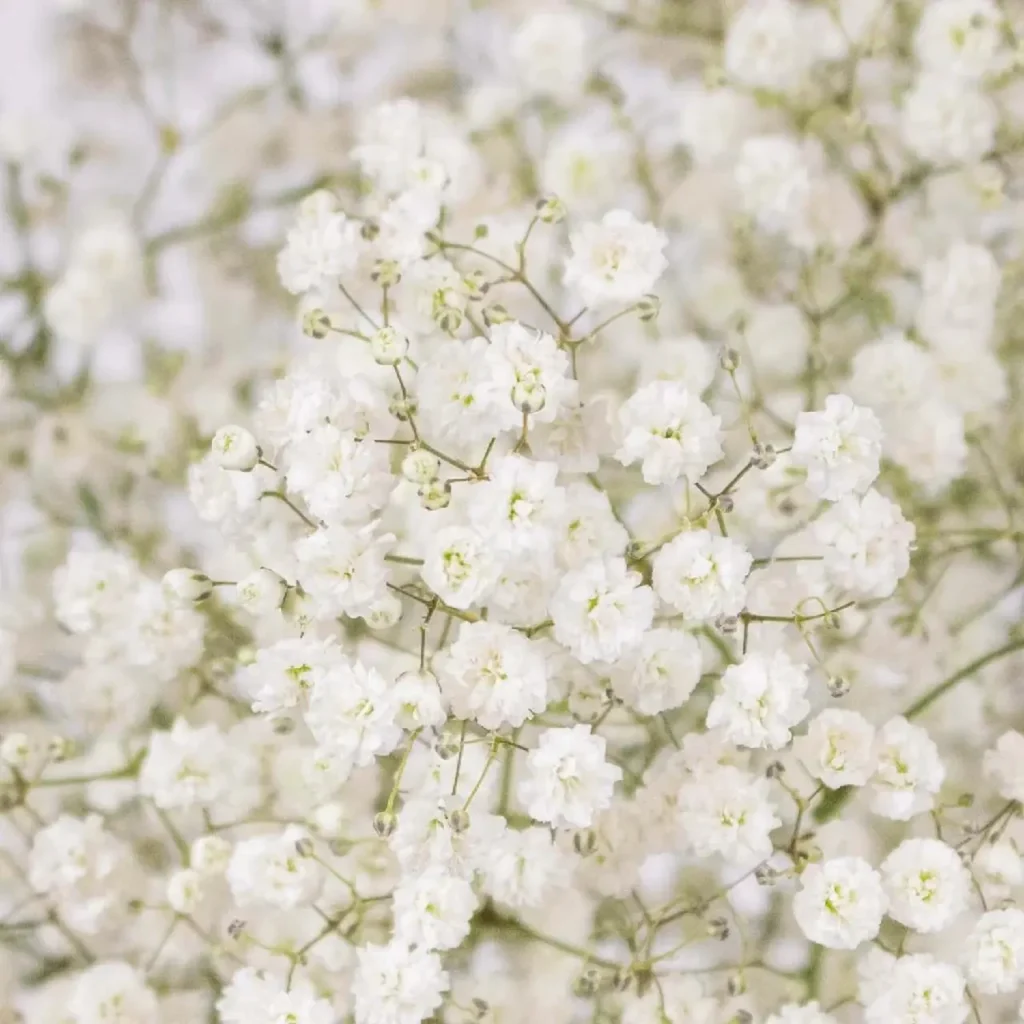
Cultivation and Care
Baby’s Breath is a hardy plant that is relatively easy to grow. It prefers well-drained soil and full sun exposure but can tolerate a range of conditions. The flowers can be grown from seeds or purchased as young plants from nurseries. Baby’s Breath is also a popular choice for drying and preserving, allowing its delicate blooms to be enjoyed long after they are cut.
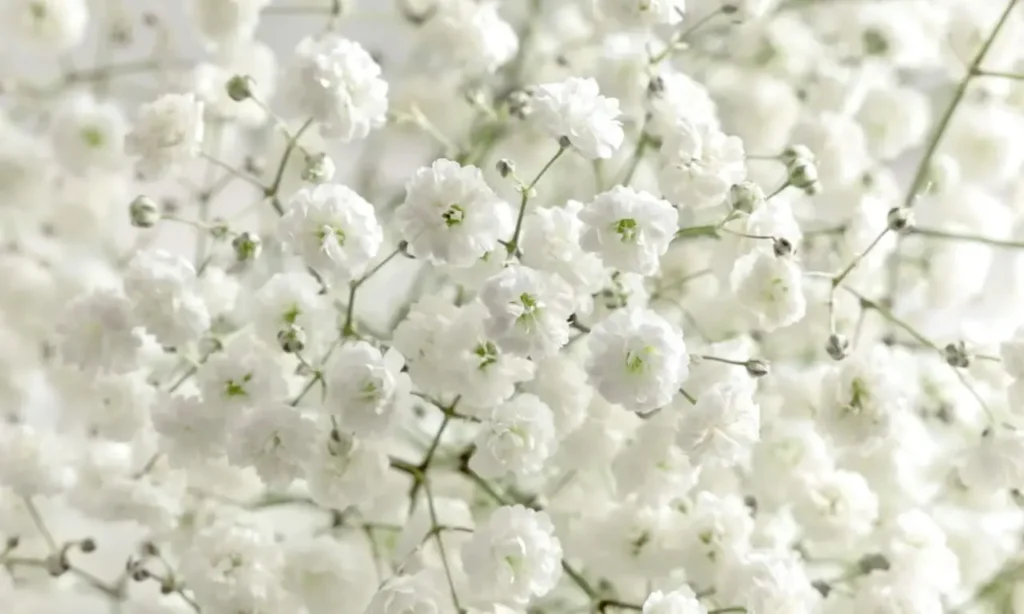
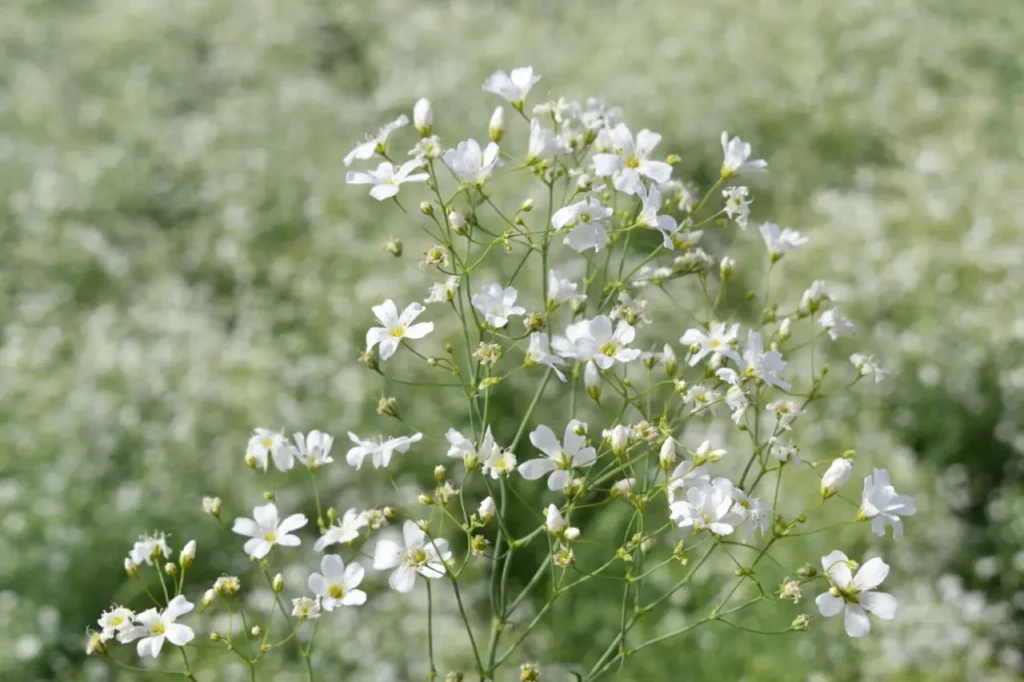
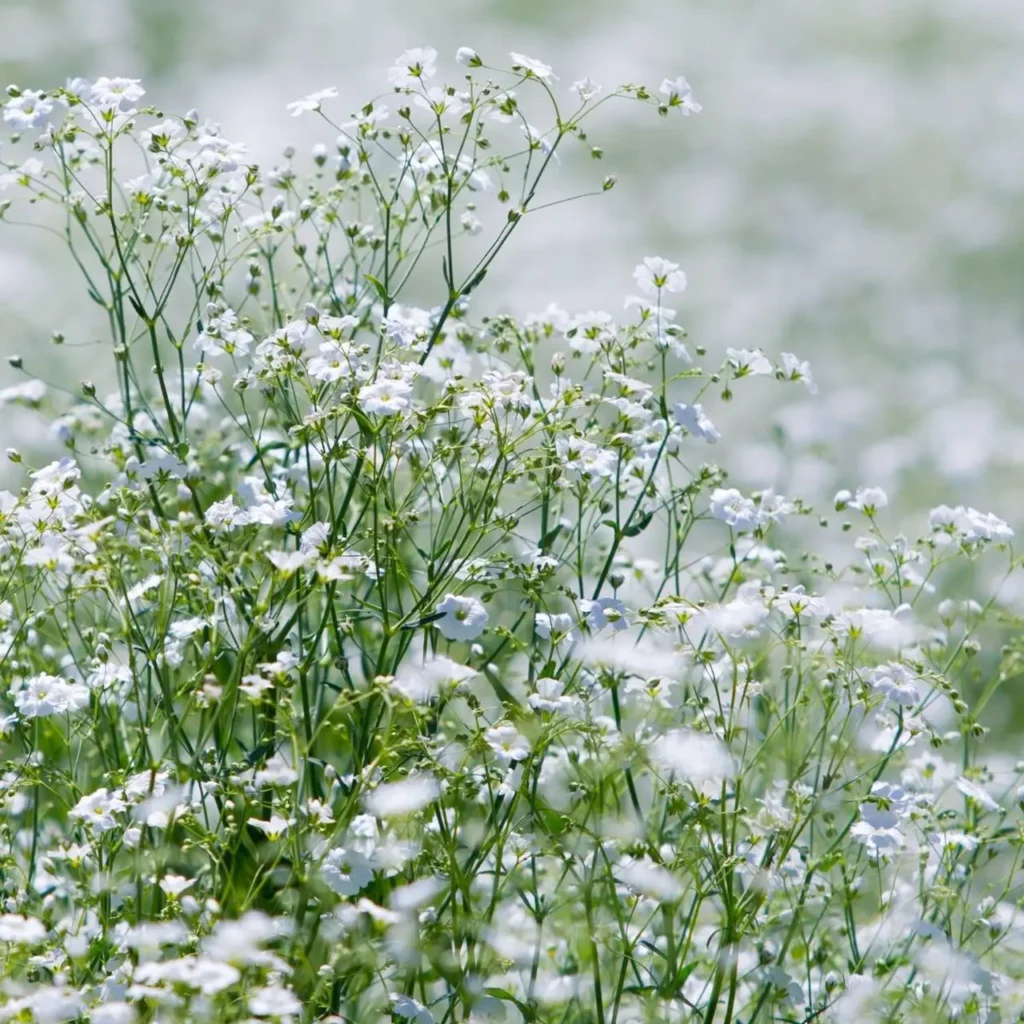
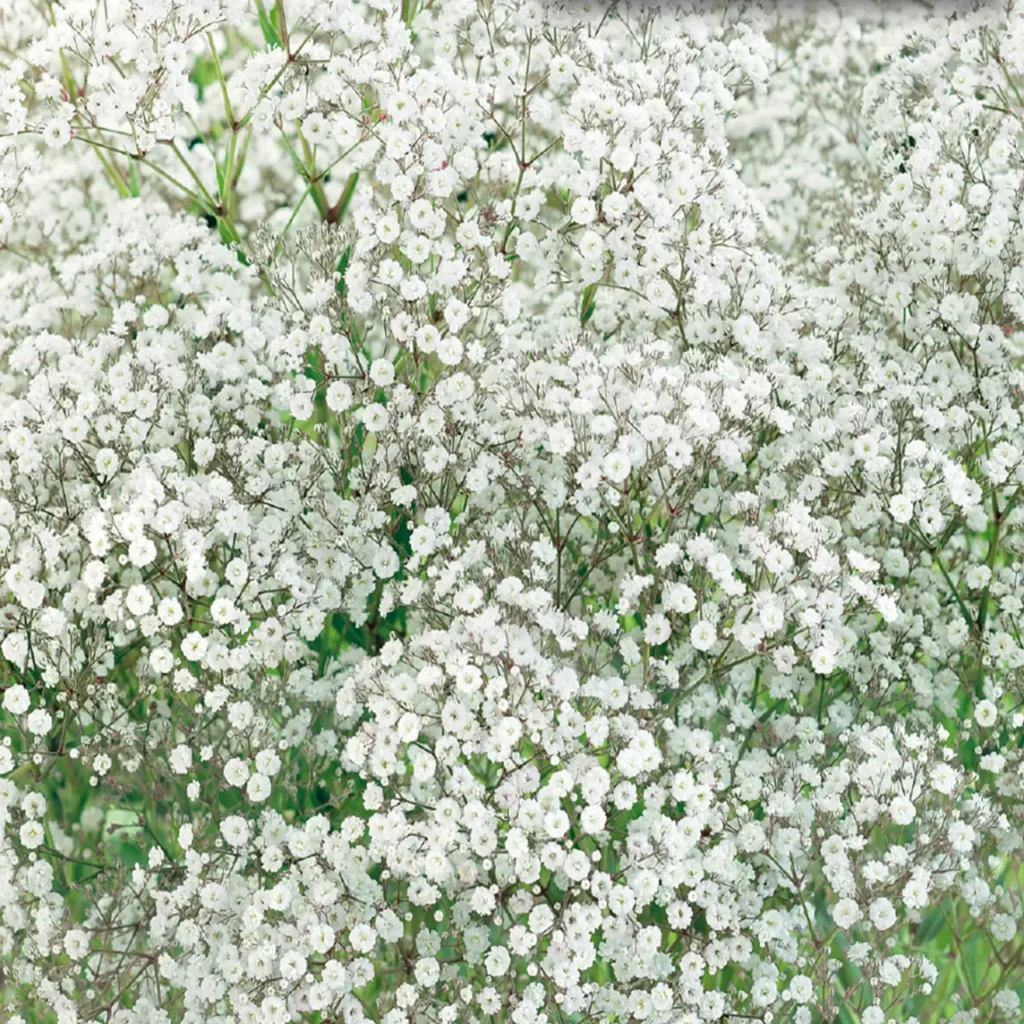
The Baby’s Breath flower, with its delicate blooms and ethereal beauty, holds a special place in the world of floral design and symbolism. Its gentle presence in arrangements signifies purity, innocence, and everlasting love. Whether adorning a bridal bouquet or gracing a centerpiece, Baby’s Breath adds a touch of grace and elegance to any occasion. Let us appreciate the beauty and symbolism of this delicate flower, celebrating its role as a timeless symbol of love and tenderness.
